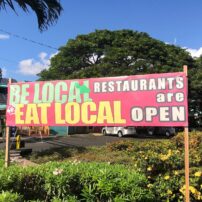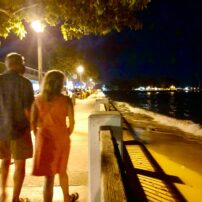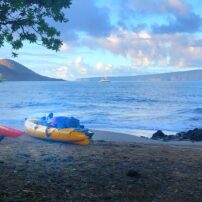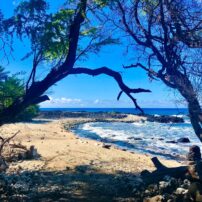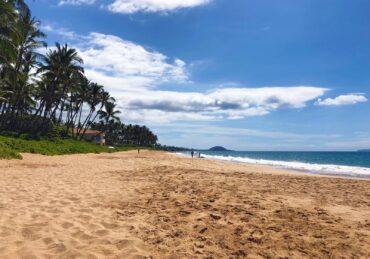
Everyone could use a little Aloha right now. Living day to day during the pandemic has created stress in people’s lives. Jobs, families, health and economic futures hang in peril, while lockdown challenges sanity.
Are you dreaming of some island time to shake away the COVID-19 blues? Not everyone is comfortable traveling yet, but if you are considering visiting Hawaii, and particularly Maui, here is what you need to know before you go. (Information changes frequently; check travelhawaii.gov. For the most current Maui guidelines.)
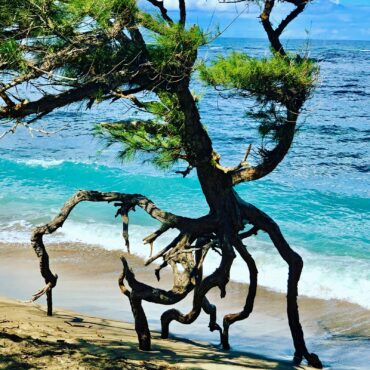
A Seven-Month Lockdown
Enduring the economic impact created by the seven-month closure has been a great sacrifice for Hawaii residents. Traditionally, Maui Nui (the islands of Maui, Lanai and Molokai) have had some of the highest hotel occupancy rates in the state. And 80 percent of every dollar generated comes directly or indirectly from the visitor industry, according to the Maui Visitor Bureau.
To understand in simple terms how the closure has impacted the economy, all you need to do is compare the numbers. In September 2019, the island of Maui had 212,114 multiday visitors. In September 2020, Maui saw only 2,189 multiday visitors, a whopping 98.8 decline, according to the Hawaii Department of Business Economic Development and Tourism.
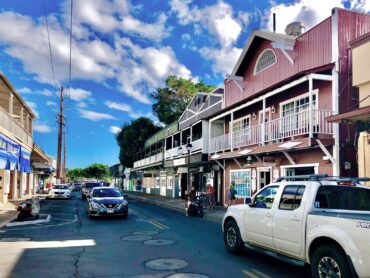
The reopening in mid-October has begun to breathe some life back into the islands, but it’s still too soon to tell how long recovery will take. During the first month, many hotels, restaurants and shops remained closed.
Some of the larger resorts and attractions began a phased-in opening in mid-November, taking time to restaff and bring properties back online. Check websites for your favorite attraction or restaurant, as the situation continues to evolve.
The seven-month closure created another interesting impact — a positive one. Many locals enjoyed watching the waters around Maui clear, as the lack of boat traffic, tours and even sunscreen created cleaner water and a richer wildlife environment. Some locals questioned whether the islands should reopen at all; with fewer visitors, no traffic or noise pollution, Maui stepped back in time.
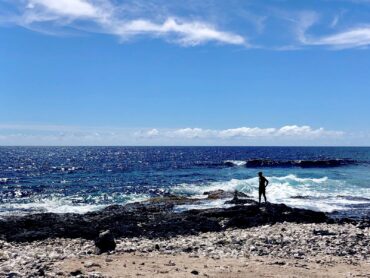
The environment is on everyone’s mind, as leaders and locals struggle to find common ground for economic sustainability on an island with few industries beyond tourism.
Hawaii Opened Oct. 15
Before booking your visit, spend some time on the travel.hawaii.gov tourism site. This is where you’ll find all you need to know regarding Hawaii. It’s also important to check back on the site frequently. As Hawaii has tackled the issue of COVID-19, the learning curve has been high, and the rules have changed numerous times.
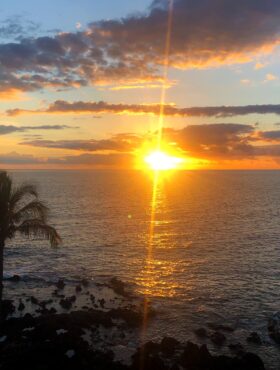
Most importantly, you must adhere to the following:
- You must have a mandatory predeparture test within no more than 72 hours of departure from the mainland. The test must be from one of Hawaii’s approved testing partners.
- You may board your flight without the results of your test, but you will need to quarantine on arrival if you’re still waiting for the results. Some visitors are spending anywhere from two to five days waiting for quarantine release after uploading their test results.
- You must be able to access your negative test results and state exemption information if you’re stopped by a local official.
- You must fill out Hawaii’s mandatory travel health form at travel.hawaii.gov no more than 24 hours before arrival.
- You must wear a mask when out in public, and gatherings of more than 10 people are forbidden.
Supporting Local Business and People
So you do all of the above and make it to Maui. Now what? It might feel a little different than your last visit, but the water is still green, the sky is still blue, the breeze is still refreshing and the scent of tropical flowers remains.
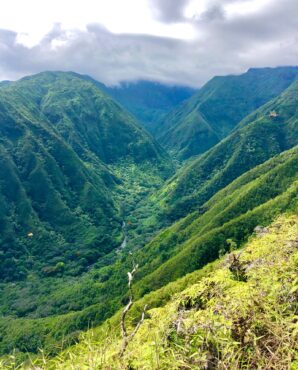
The first and most important thing you need to do on arrival is commit to support local. The locals desperately need support to help with recovery. If you have the means to be here, it’s time to give a little back.
Here are some suggestions:
Shop and dine local — locally owned restaurants are some of the best on the island, serving what is grown locally and fresh from the sea. Forego the chain restaurants and stores and search out local chefs, locally sourced foods and locally made art and gifts.
Support local nonprofits — even if you support your favorite nonprofits back home, helping some of Maui’s social service agencies right now is worth a few of your dollars. Local food banks are seeing more requests than ever before.
Give a little of your money or time helping some of the 32,000 Maui County residents who don’t know where their next meal is coming from (mauifoodbank.org). Another way to give back is to volunteer at a coastal cleanup on the island with an organization called Sustainable Coastlines (sustainablecoastlineshawaii.org).
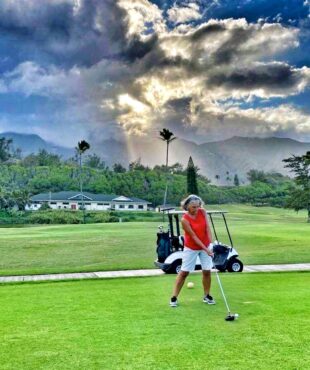
Visit with the locals — take time to engage with local residents in a positive way. Hawaii has an incredibly rich and interesting cultural history that many visitors completely miss. Go in search of this history by engaging with locals, taking a cultural history tour, taking hula lessons or learning to cook island cuisine. Check out the Lahaina-based tours (americanghostwalks.com/hawaii/maui-ghost-walk).
Find new experiences — the Hawaii Visitors and Convention Bureau has created a new program called Malama Hawaii (Light Hawaii). The intent is to work with both for-profit and nonprofit organizations to create new experiences that give travelers a richer, deeper cultural connection with the islands and its people. Learn more at gohawaii.org.
How to Social Distance on Maui
Just like back home, you can easily find ways to be out and about on Maui while respectfully social distancing. It’s easy to dine at restaurants that have outdoor seating (nearly all restaurants), and many restaurants also offer takeout. In fact, Hawaii has had a great take-out food culture with its famous plate lunch long before the pandemic.
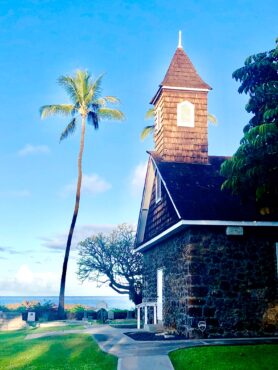
Here are some other ideas for social distanced fun on island time:
Running — if you are a runner (or a walker), Maui offers many areas with safe sidewalks, paths, trails and beaches.
Hiking — from Hoapili at the far south of the island to Wahluki Ridge to the north and, of course, the vast and beautiful trails of Haleakala, Maui is a hiker’s paradise.
Beaches — so many beaches, so little time. Whichever Maui beach is your favorite, park your chair and umbrella 6 feet or more away from the next visitor and enjoy Maui’s favorite pastime.
Sunrise and sunset — Haleakala Sunrise requires a reservation (recreation.gov/ticket), a policy that began before the pandemic. But perhaps even better, watching the sunset over the Pacific Ocean is a nightly ritual all around the island. Choose your spot, bring your cooler and social distance with the best view in the world.
Private water sports — although group tours are now in full swing, if you want to keep your distance, many private guides are available for snorkel and scuba tours, whale watching, kayaking and SUP, as well as surfing, of course.
Scenic drives — the road to Hana is open again and is certainly Maui’s most iconic drive. But it’s also fun to spend a day driving up to Haleakala, even if you aren’t intending to hike.
Or drive to a part of the island you aren’t staying at. Napili to the north, Makena to the south and everything in between. See the geography, flora and fauna of the most beautiful island in the world, Maui.
Maui No Ka Oi. It’s time to go back with reverence and respect. Maui Now. Mahalo.




